
How to Grow Out Bangs Gracefully: Styling Tips for Every Stage | The Ultimate Hair Guide
11 min read

11 min read

10 min read

9 min read

12 min read

13 min read

13 min read
In the ever-evolving world of beauty and personal care, few topics have garnered as much attention—and confusion—as sulfate-free shampoo. Walk down the hair care aisle of any drugstore or browse the shelves of a high-end salon, and you will see 'Sulfate-Free' emblazoned on bottles as a badge of honor. But what does this label actually mean? Is it a necessary switch for everyone, or just another marketing buzzword designed to drive sales?
For decades, traditional shampoos have relied on sulfates to create that rich, foamy lather we associate with cleanliness. However, as consumers become more ingredient-conscious, the tide has turned toward gentler alternatives. The conversation around sulfates involves chemistry, hair biology, and a fair amount of misinformation. Understanding the distinction between necessary cleansing and harsh stripping is vital for maintaining long-term hair health.
This comprehensive guide aims to demystify the science behind surfactants, explore the tangible benefits of switching to a sulfate-free routine, and debunk the persistent myths that might be holding you back. Whether you have color-treated locks, naturally curly textures, or a sensitive scalp, understanding the truth about sulfate-free shampoo is the first step toward achieving your best hair yet.
To understand why one might avoid sulfates, one must first understand what they are. Sulfates are a type of surfactant (surface active agent) used primarily as cleansing agents. They are responsible for breaking down surface tension, allowing water to mix with oil and dirt so they can be rinsed away. The most common sulfates found in personal care products are Sodium Lauryl Sulfate (SLS) and Sodium Laureth Sulfate (SLES).
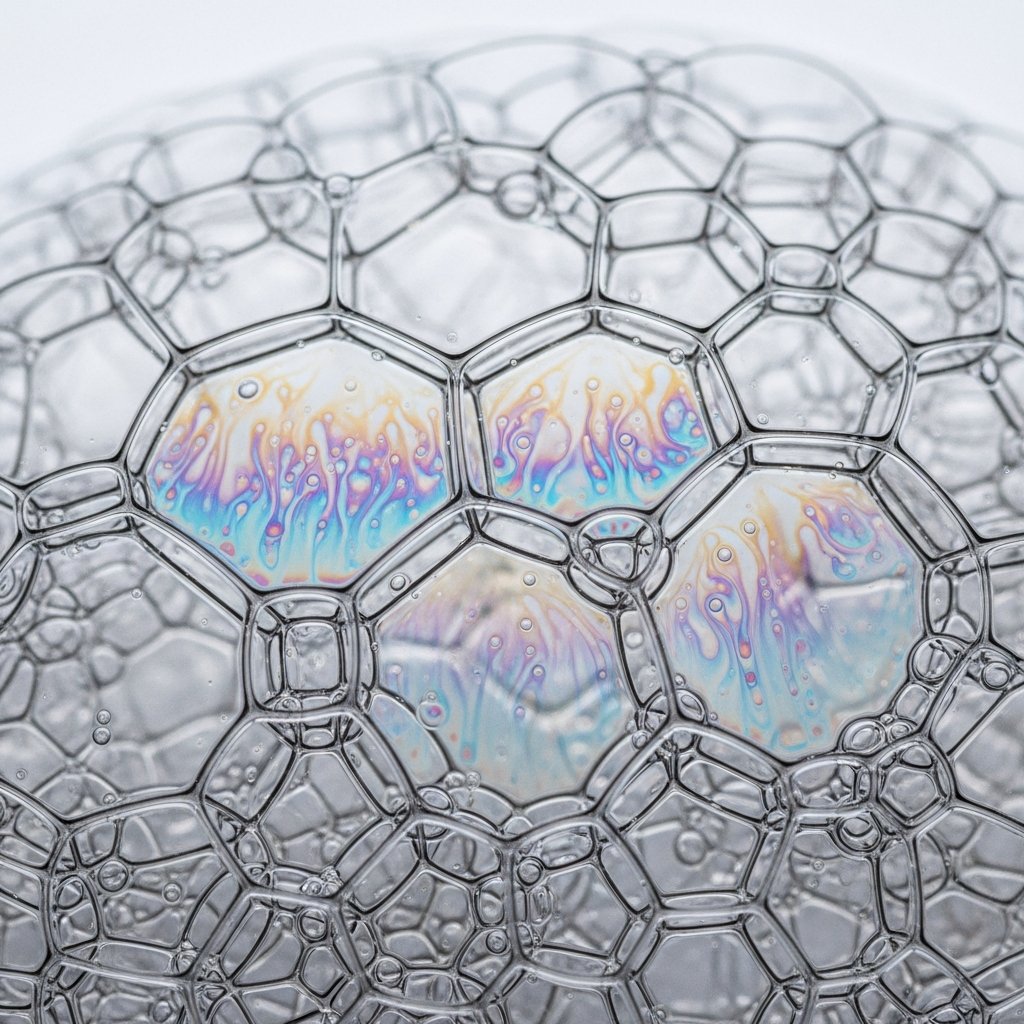
From a chemical standpoint, sulfates are incredibly effective. They are powerful degreasers, which is why they are found in everything from industrial floor cleaners to dish soap and, of course, shampoo. In the context of hair care, they provide that satisfying, bubbly lather that consumers have been conditioned to equate with 'clean.' They strip away sebum, product buildup, and environmental pollutants with high efficiency.
However, their efficacy is a double-edged sword. Because they are so good at removing oil, they often remove too much. They can strip the hair and scalp of natural essential oils needed to keep strands hydrated and the scalp barrier intact. This can lead to a cycle of dryness, irritation, and compensatory oil overproduction. While SLES is generally milder than SLS due to a chemical process called ethoxylation, both can be problematic for specific hair types and conditions.
Switching to a sulfate-free shampoo is not just a trend; for many, it is a dermatological and aesthetic necessity. The formulation of these shampoos utilizes milder surfactants—often derived from coconut, corn, or sugar—that clean the hair without completely stripping it. The benefits of making the switch are numerous and can be transformative for the quality of your hair over time.

While almost anyone can benefit from a gentler cleansing routine, certain hair types and conditions see the most dramatic results when eliminating sulfates. Understanding your specific hair profile is key to determining if this switch is critical for your hair goals.
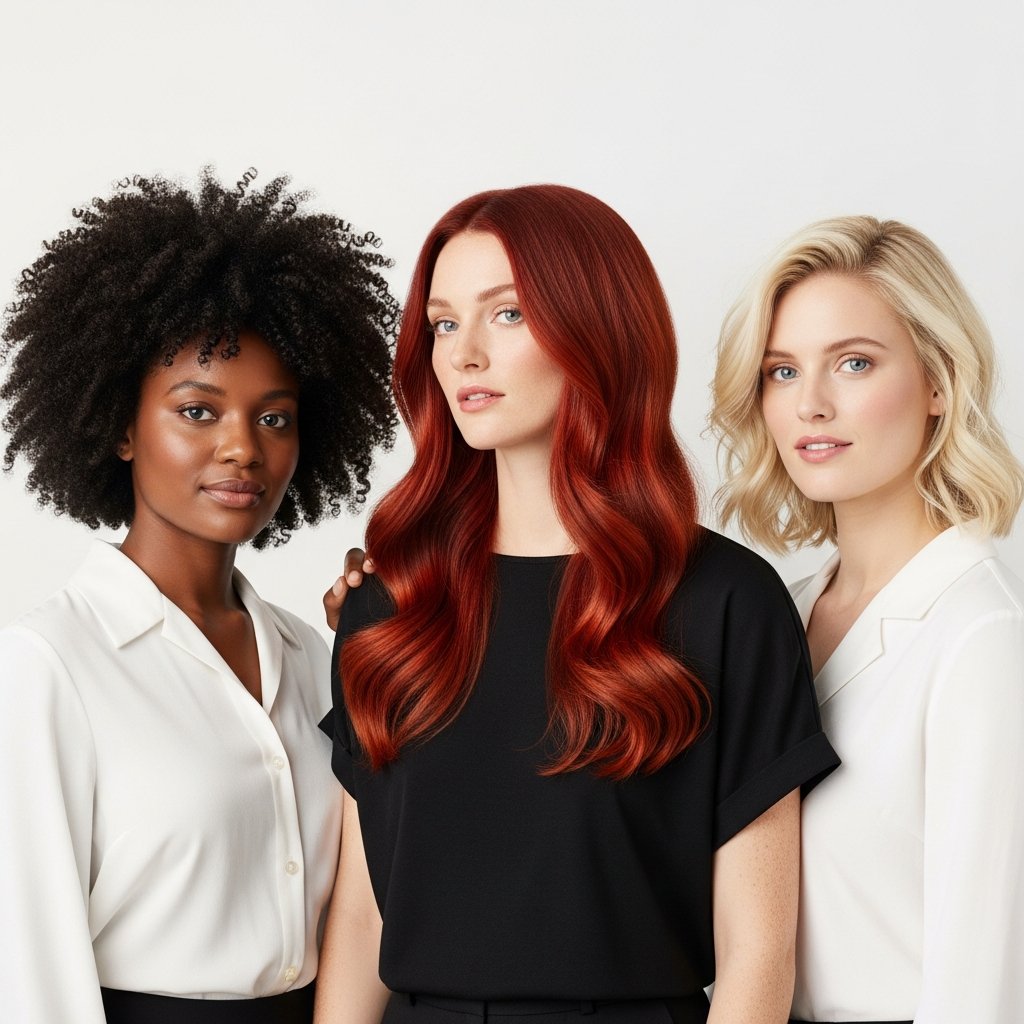
Despite the popularity of sulfate-free products, misinformation persists. Let’s clear up some of the most common myths that might be deterring you from trying them.

If you have been using sulfate-based shampoos for years and decide to switch, you might experience a 'transition period' or 'detox phase.' This is a common phenomenon that can discourage users if they aren't expecting it.
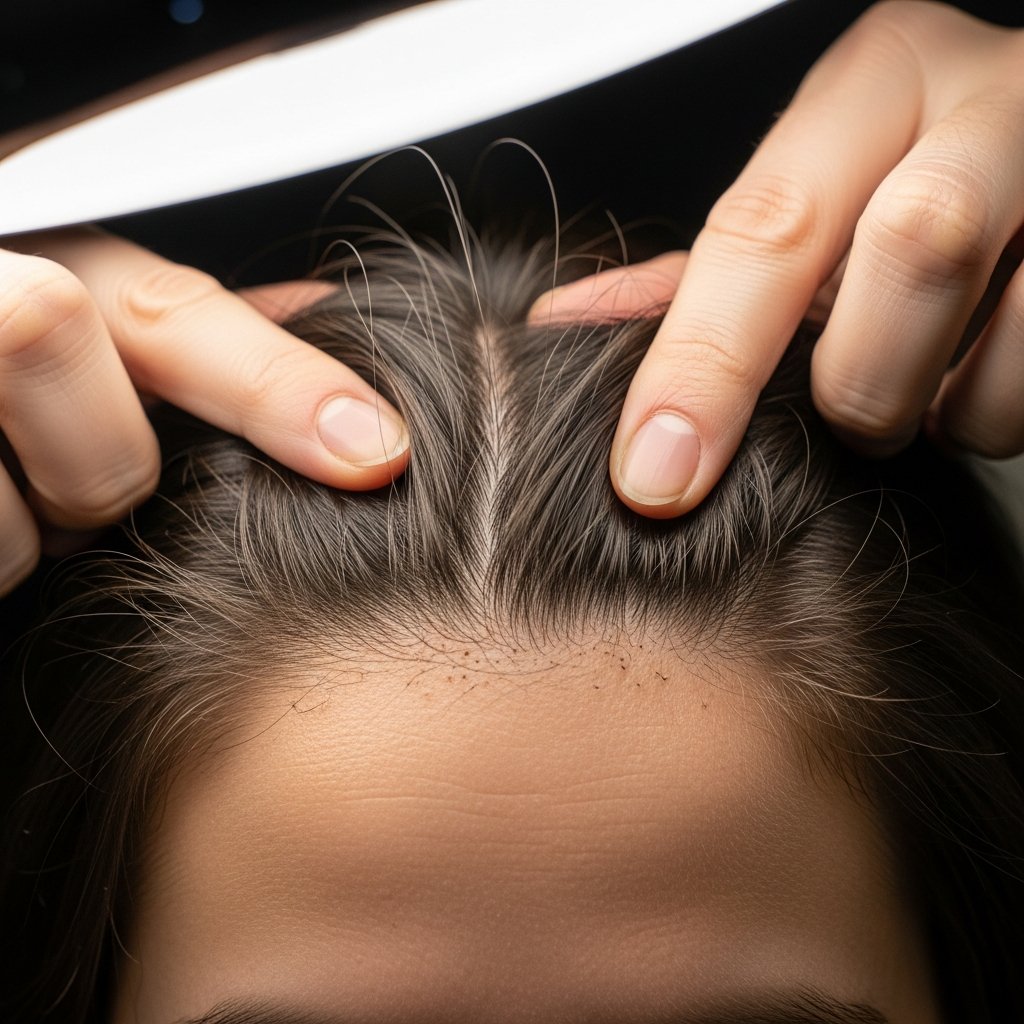
When you stop stripping your scalp of its oils daily, your scalp may take some time to get the memo. It may continue to overproduce sebum for a few weeks in anticipation of the harsh wash it is used to. This can result in hair feeling heavier, waxier, or greasier than usual for the first 2 to 4 weeks.
Do not give up. This is a sign that your scalp is recalibrating its oil production. Once balanced, your hair will likely feel softer and stay cleaner for longer periods. During this phase, you can use a scalp brush to help mechanically lift oil and debris, and ensure you are rinsing your hair very thoroughly.
When shopping for the best sulfate-free products, knowledge is power. You want to look for ingredients that cleanse effectively without irritation.

Ingredients to limit: While avoiding sulfates, be mindful of insoluble silicones (like Dimethicone) if you are using very mild cleansers. Without sulfates to strip them out, silicones can build up on the hair shaft, blocking moisture. Look for water-soluble silicones or silicone-free conditioners to pair with your new shampoo.
Using these products requires a slightly different technique to get the best results. Here is how professional stylists recommend you wash your hair:
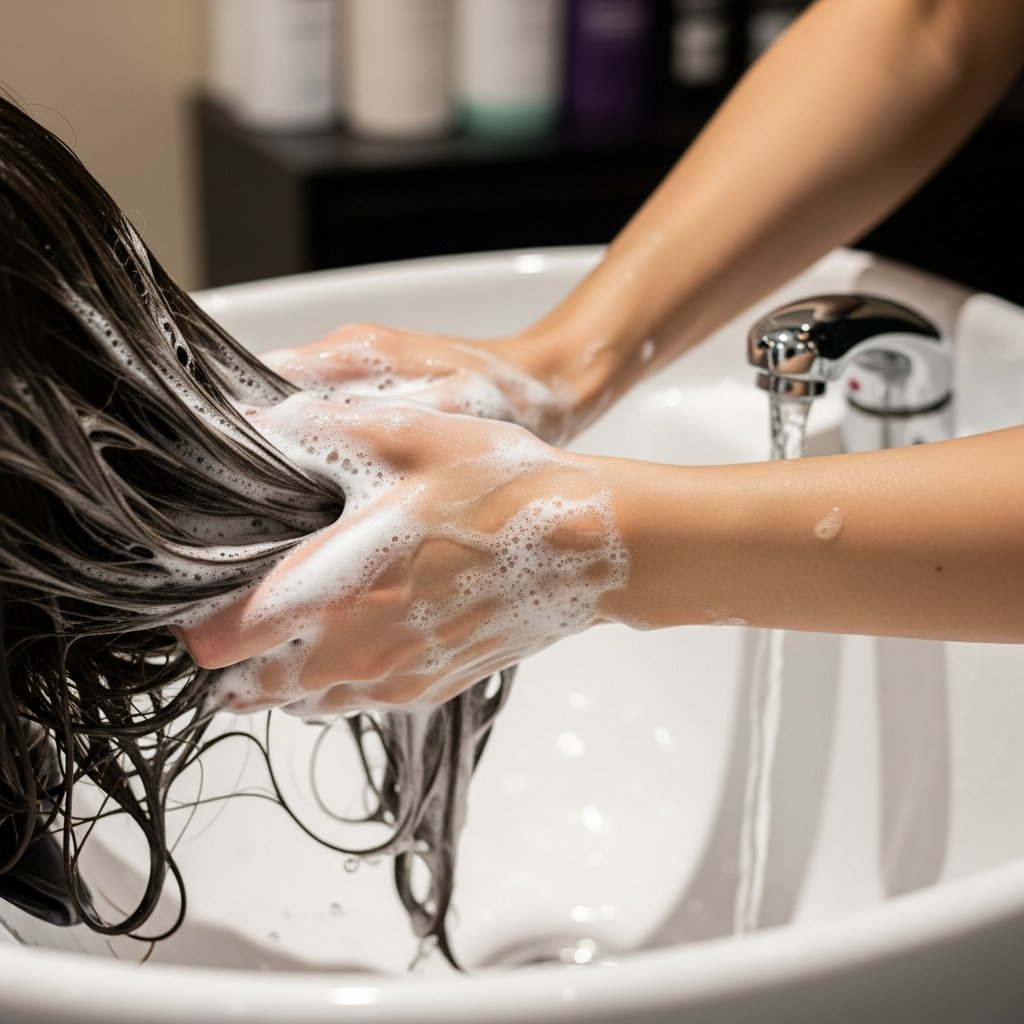
Q: Will sulfate-free shampoo get rid of dandruff? A: It can help. Many dandruff issues are caused or aggravated by a dry, irritated scalp, which sulfates worsen. However, if you have fungal dandruff (seborrheic dermatitis), you may need a medicated shampoo. Look for sulfate-free medicated options containing pyrithione zinc or ketoconazole.
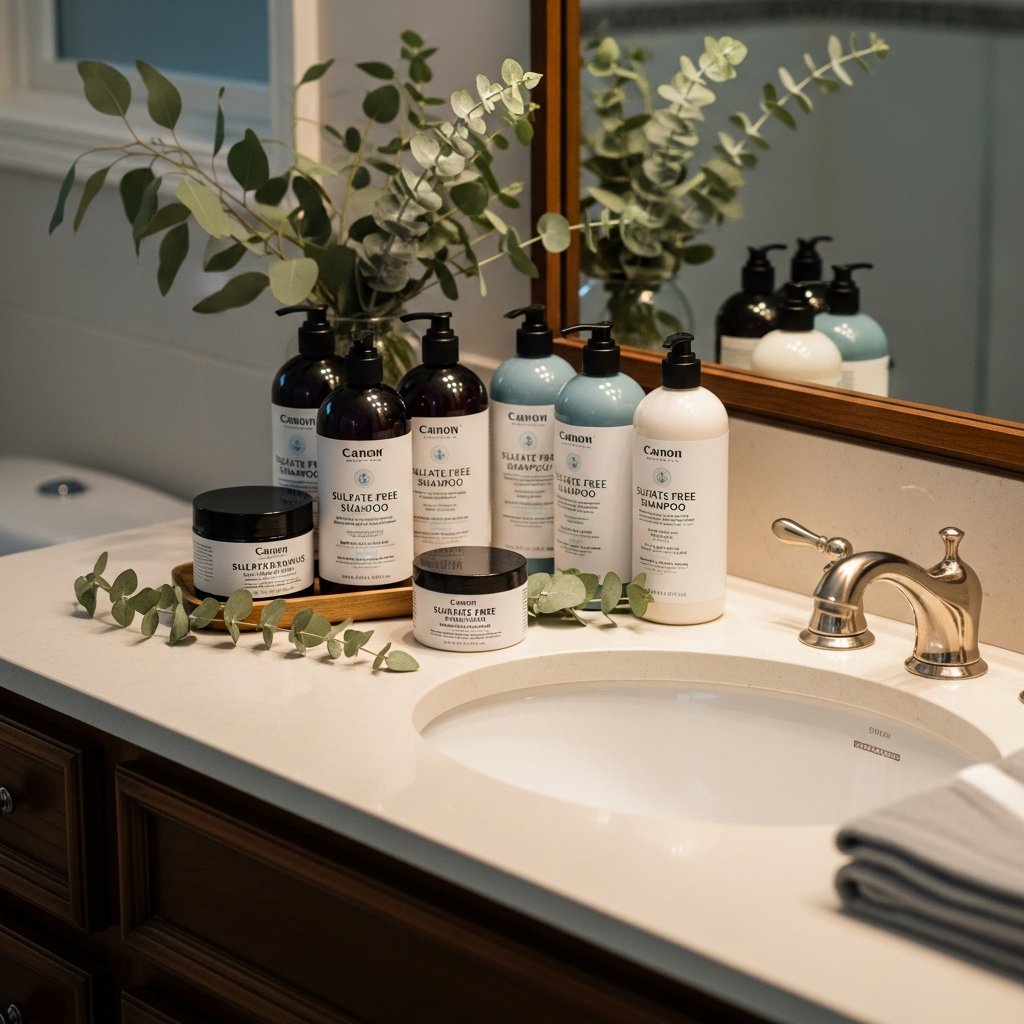
Q: Is sulfate-free shampoo more expensive? A: Generally, yes. The alternative surfactants used to replace inexpensive sulfates are costlier to source and formulate. However, because they are less drying, you may save money on deep conditioning treatments and color appointments in the long run.
Q: Can I use sulfate-free shampoo on oily hair? A: Absolutely. While it seems counterintuitive, stripping oily hair with sulfates often triggers more oil production. A balancing, sulfate-free shampoo can help regulate sebum production over time, actually making your hair less oily in the long term.
Q: How often should I wash my hair with sulfate-free shampoo? A: This depends on your hair type. Because the formula is gentle, you can wash daily if necessary, but most people find that 2-3 times a week is sufficient. Listen to your hair and scalp.
Q: Does it help with hair loss? A: While shampoo alone rarely cures hair loss, eliminating sulfates reduces scalp inflammation and follicle stress. A healthier scalp environment is conducive to better hair growth and retention, potentially reducing hair fall caused by breakage.
The shift toward sulfate-free shampoo represents a positive evolution in hair care awareness. It moves us away from harsh, industrial-strength cleaning toward a philosophy of gentle maintenance and health preservation. While the transition may require patience and a slight adjustment in your washing technique, the long-term rewards—softer texture, vibrant color, and a balanced scalp—are undeniable.
Finding the "best" product is a personal journey, as what works for fine, straight hair may not work for coarse coils. We recommend consulting with a professional stylist to assess your hair's porosity and needs. By choosing the right sulfate-free formula, you aren't just washing your hair; you're investing in its future health and vitality.

11 min read

10 min read

9 min read